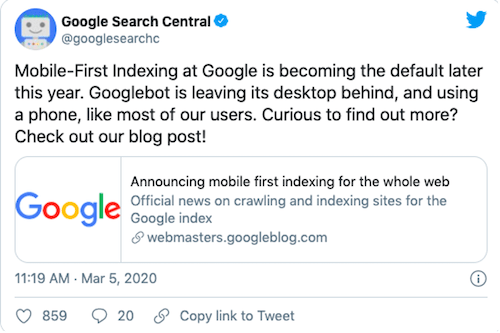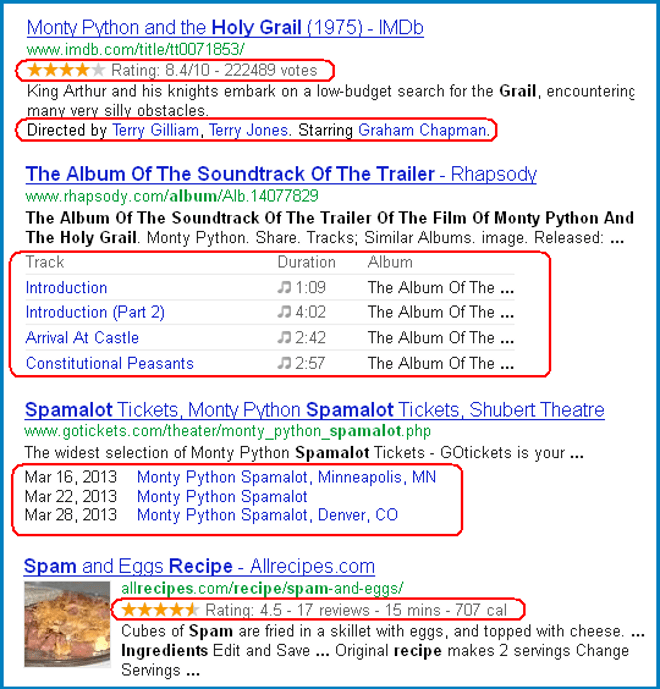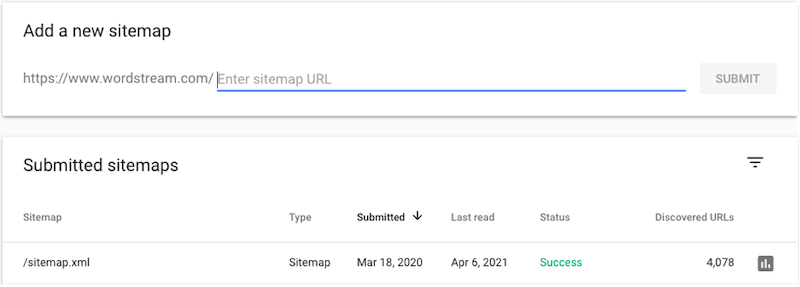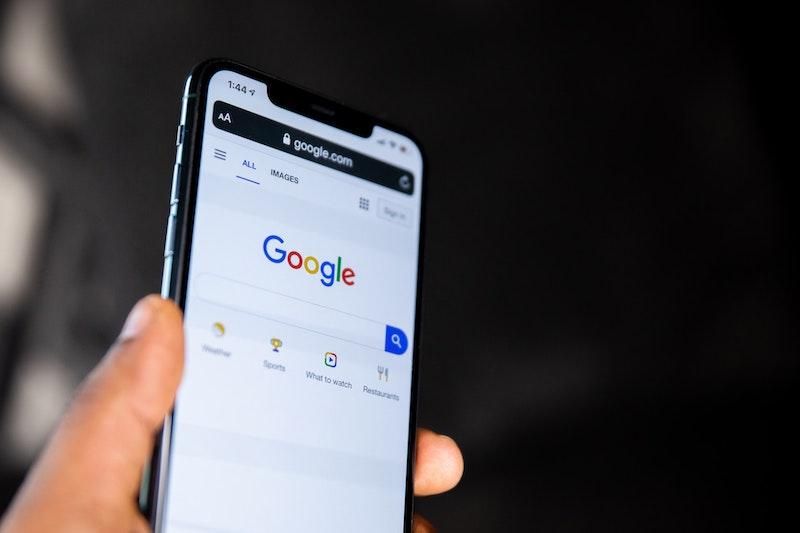Are You Ready for Mobile-First Indexing 5 Things to Check Now
ISN’T IT TIME for Mobile-First Indexing? 5 What to Check Today
The recent background of “mobile-first” algorithm improvements is really a busy one. During the last several years, Search engines has produced a deliberate energy never to only return more precise serp’s for queries produced on mobile devices, but additionally to prioritize rankings predicated on which internet sites perform best on cellular devices.
We’d Mobilegeddon back 2015, when Search engines made mobile-friendliness one factor for rank in the serp’s. We’d the Speed Upgrade in 2018, when cellular rate became a ranking aspect. Which spring, the Page Knowledge Update will undoubtedly be rolling out and is because of make mobile-friendliness, balance, and interactivity important ranking signals (even more on Core Internet Vitals here).
Furthermore slotted because of this spring may be the completion of Google’s intend to switch all websites on the web to mobile-very first indexing.
But precisely what is mobile-initial indexing? And so how exactly does it change from (or relate with) a few of these additional algorithm updates Search engines has launched during the past? And how will you make sure that your site is prepared for the change? In this article, we’re going to offer an in-depth primer on mobile-1st indexing, which includes what it really is, what this means, and five measures you can (and really should) try optimize your web site for this. But first, let’s response the immediate issue:
When may be the mobile-very first update happening?
Back March of 2020, Search engines announced that it will be formally moving all websites on the web to mobile-initial indexing. The projected completion time offers shifted around a little because of COVID-19 (more with this next), but the final projection had been for March 2021, also it appears as if Google is in fact nearing the final line. The change itself doesn’t need any action on your own part, but you can find steps it is possible to (and really should) take to ensure that your website will be optimized because of this algorithm. Before we cover up those tips, let’s dive just a little deeper into mobile-1st and the details of the initiative.
What’s mobile-first indexing?
Mobile-first indexing implies that, in the years ahead, Google will predominantly utilize the mobile version of one’s site’s articles for indexing and rating. Here’s what Google continues on to say within their must-read documentation about them:
“Historically, the index mainly used the desktop edition of a page’s content material when analyzing the relevance of a full page to a user’s query. Because the most users now access Search engines Search with a cellular device, Googlebot mainly crawls and indexes webpages with the smartphone broker in the years ahead.”
The initial date where new websites would, automagically, be indexed on the mobile-first base was July 1, 2019. Websites created ahead of that date will be notified via Research Console when their websites were formally switched over.
After that, in March of 2020, Google announced programs to officially shift all websites to mobile-very first indexing in September.

That has been until COVID-19 occurred, and pushed the deadline back again to March of 2021. Still, Google had currently immediately moved 70% of web sites over to mobile-initial indexing.
Think about the final 30%? Well, they’re nearly done, and past due this month we noticed from Google’s John Mueller that the procedure will be wrapped up shortly:
“We’ve the deadline…established for March. I believe there are several technical information with the final sites that we will work out. So we are able to switch them over within an optimal method. But at some time, it will you need to be switched over. If that’s nevertheless in March or possibly in April and maybe even ends up in Might, I don’t understand. But we will be switching most of these websites and if your website is ready after that which will just happen after that.”
The good thing, then, is that so long as have to be worried about whether or not really your site has been indexed on the mobile-first foundation. In all probability, it currently is. And when it’s not, it’ll be soon.
You do need to get worried, though, about whether your website is optimized to end up being indexed on a mobile-first basis. Let’s chat a little about some actions you can take today to ensure your website is definitely optimized for mobile-1st indexing.
How do you optimize for mobile-very first indexing?
Search engines recommends going for a number of actions to ensure your website can be optimized for mobile-initial indexing. Here are a few of the very most important types.
1. Ensure that Googlebot can gain access to and render your articles
Because of this step, you should make certain of a couple of things:
- That exactly the same meta tags are accustomed to crawl both variations of your site. This is actually the default setting of all websites, so if you don’t or a programmer provides intentionally configured it in any other case, you needn’t worry an excessive amount of concerning this one.
- That Search engines can easily see any lazy-loaded articles.
- That you’re not blocking particular URLs with the disallow directive.
2. Make certain content may be the same on desktop computer and mobile
Your mobile web site should support the same content material as your desktop web site. Google warns right here that should you intentionally have much less content on a cellular page when compared to a desktop page, you need to anticipate losing some visitors when that page will be indexed.
One specific tip Search engines gives here is to ensure the headers on your own mobile site complement your desktop web site.
3. Check your structured information
For those who have structured information on your site, be sure that it’s found on both variations of your site. Be sure you’re using right URLs in structured information. If you are using Data Highlighter, teach it on your own mobile site.

4. Follow Google’s extra suggestions
Here are a few of another tips Search engines recommends for mobile-1st optimization:
- Put exactly the same metadata on both variations of your web site.
- Adhere to the Better Ads Regular when displaying advertisements on cellular devices.
- Be sure that the pictures on your own mobile site follow picture SEO guidelines.

- Ensure that the movies on your mobile web site follow the video guidelines.
- If your website has independent URLs for the desktop computer and mobile variations of a page, be sure you verify those pages browsing Console, and make certain the URLs aren’t fragmented.
5. Stick to top of mobile mistakes
Google will not expect one to know, instantly, how several of the above elements you’ve optimized for. They do expect one to regularly check Lookup Console for mobile mistakes, and to create a good faith work to repair those errors if they crop up.
To carry out that, you need to claim your website in Search Gaming console and publish a sitemap.

As soon as you’d completed that, you may use the Coverage and Cell phone Usability reports to find out errors which may be impacting cellular functionality:

You can even take the additional step of hiring a specialist or experts (just like the experts at LOCALiQ) to perform a specialized SEO audit of one’s site. Doing so will help you control other deficiencies which may be holding back again your site: stuff like orphan web pages, missing meta tags, lacking structured information, oversized images, page high quality issues, and much more.
Is your web site optimized for mobile-very first indexing?
If you’re uncertain whether or not really your site is ready for mobile-first indexing, you’ve currently taken an essential step most online marketers miss-you’re considering deliberately about how exactly Google sights and indexes your site!
Stick to the above guidelines organized above, and you’ll maintain very good condition. To refresh your storage, they include:
- Be sure that Googlebot can entry and render your articles.
- Make certain content may be the same on desktop computer and mobile.
- Check your structured information.
- Follow Google’s recommendations.
- Stick to top of mobile mistakes.
When everything else fails, great articles continues to win; if you still involve some doubts about SEO overall performance, closely examine this content on your web site and have a genuine conversation about whether it meets the requirements of one’s audience.
Not to mention, if you would like another couple of expert eye on your web site, don’t hesitate to provide the SEO experts at LOCALiQ a contact.
